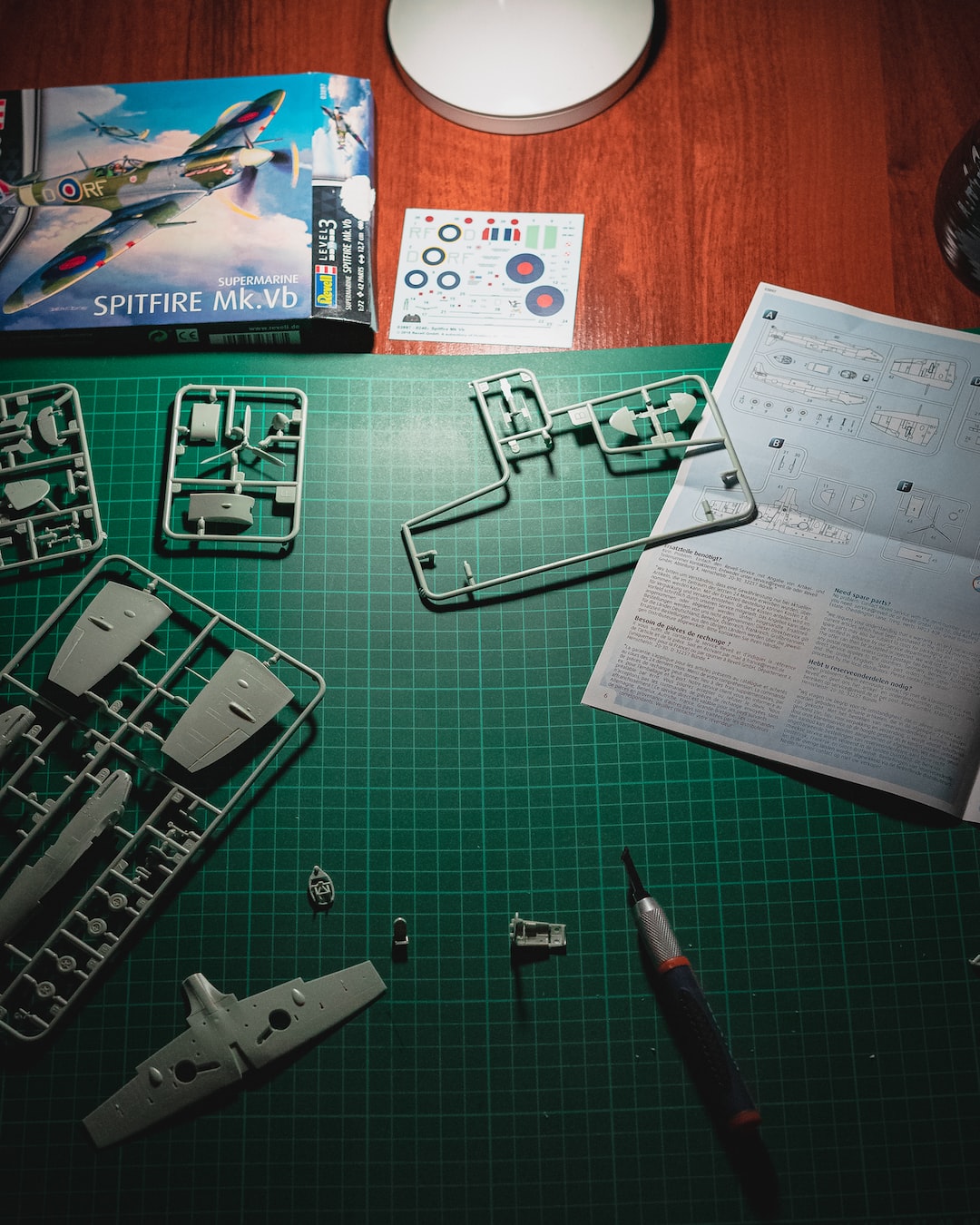The Thrill of Model Building: Tips and Techniques for Hobbyists
For many, building model kits is a beloved hobby that brings out their creativity and attention to detail. Whether you are a beginner or an experienced enthusiast, the process of assembling and painting model kits can be an incredibly rewarding and satisfying experience. In this blog post, we will delve into the excitement of model building and discuss some essential tips and techniques to enhance your skills.
Selecting the Right Kit:
Choosing the right model kit is crucial for a successful building experience. Consider your level of expertise and what piques your interest. While some kits may be complex and require advanced skills, others are specifically designed for beginners, offering a more straightforward assembly process. Start with a kit that matches your skill level to avoid frustration and create a solid foundation for your model building journey.
Gathering the Tools:
Having the right tools is essential for a smooth building process. Basic tools such as a hobby knife, sandpaper, glue, and tweezers are a necessity. Additionally, investing in specialty tools like a sprue cutter, needle files, and a set of quality paintbrushes will greatly improve your model building experience. Remember to keep your tools clean and organized, ensuring they are always ready for use.
Preparing the Parts:
Before starting the assembly, take some time to prepare the parts. Carefully remove them from the sprue using a sprue cutter or hobby knife, being cautious not to damage or break any delicate components. Use sandpaper or a file to smooth any rough edges, providing a clean surface for glue and paint to adhere to. Dry-fit the parts together to ensure proper alignment and make any necessary adjustments prior to gluing.
Mastering the Art of Glue:
Choosing the right glue is crucial for a strong and long-lasting bond. Depending on the materials of your model kit, different types of glue may be required. Plastic cement works best for plastic models, while super glue or epoxy is more suitable for metal parts. Apply a small amount of glue to the joining surfaces, avoiding excessive amounts that may spill or create unsightly marks. Hold the parts together firmly until the glue sets, ensuring a secure bond.
Seam Filling and Sanding:
Even the best kits may have visible seams or imperfections that need attention. Seam filling is a necessary step to achieve a smooth and polished finish. Using a suitable putty or filler, fill in any gaps or seams in the model’s parts, then sand them down once dry. Take your time during this process to ensure a seamless integration of the parts, as a properly filled and sanded model will provide a more professional and realistic appearance.
The Art of Painting:
Painting is where your model truly comes to life. Take time to study the colors and patterns of the subject you are replicating and choose the appropriate paints accordingly. Acrylic paints are widely used in model building due to their ease of use, quick drying time, and ability to be thinned with water. Experiment with different techniques such as dry brushing, washes, and highlighting to add depth and realism to your model. Remember to protect delicate areas with masking tape to achieve clean lines and avoid unwanted paint transfer.
Understanding Decals and Weathering:
Decals play a significant role in adding authenticity and detail to your model. Before applying them, ensure the surface is smooth and clean. Use warm water to soak the decals, making them easier to apply and ensuring they conform well to curved surfaces. Once applied, gently press out any air bubbles using a soft cloth or cotton swab. To enhance the realism of your model, consider weathering techniques such as dry brushing, washes, and chipping. These techniques simulate wear and tear and add character to your finished model.
Showcasing and Displaying:
After dedicating hours of work to building and painting your model, it deserves to be displayed with pride. Investing in a display case will not only protect your model from dust and damage but also provides a professional and visually appealing presentation. Consider adding additional details such as a diorama or background to enhance the overall effect and tell a story with your model.
Model building is a rewarding and thrilling hobby that allows you to explore your creativity and attention to detail. By following these tips and techniques, you can elevate your model building skills and create stunning replicas that showcase your passion for this beloved craft. So, pick up that kit, gather your tools, and immerse yourself in the world of model building. The possibilities are endless, and the joy of each completed model is incomparable.
